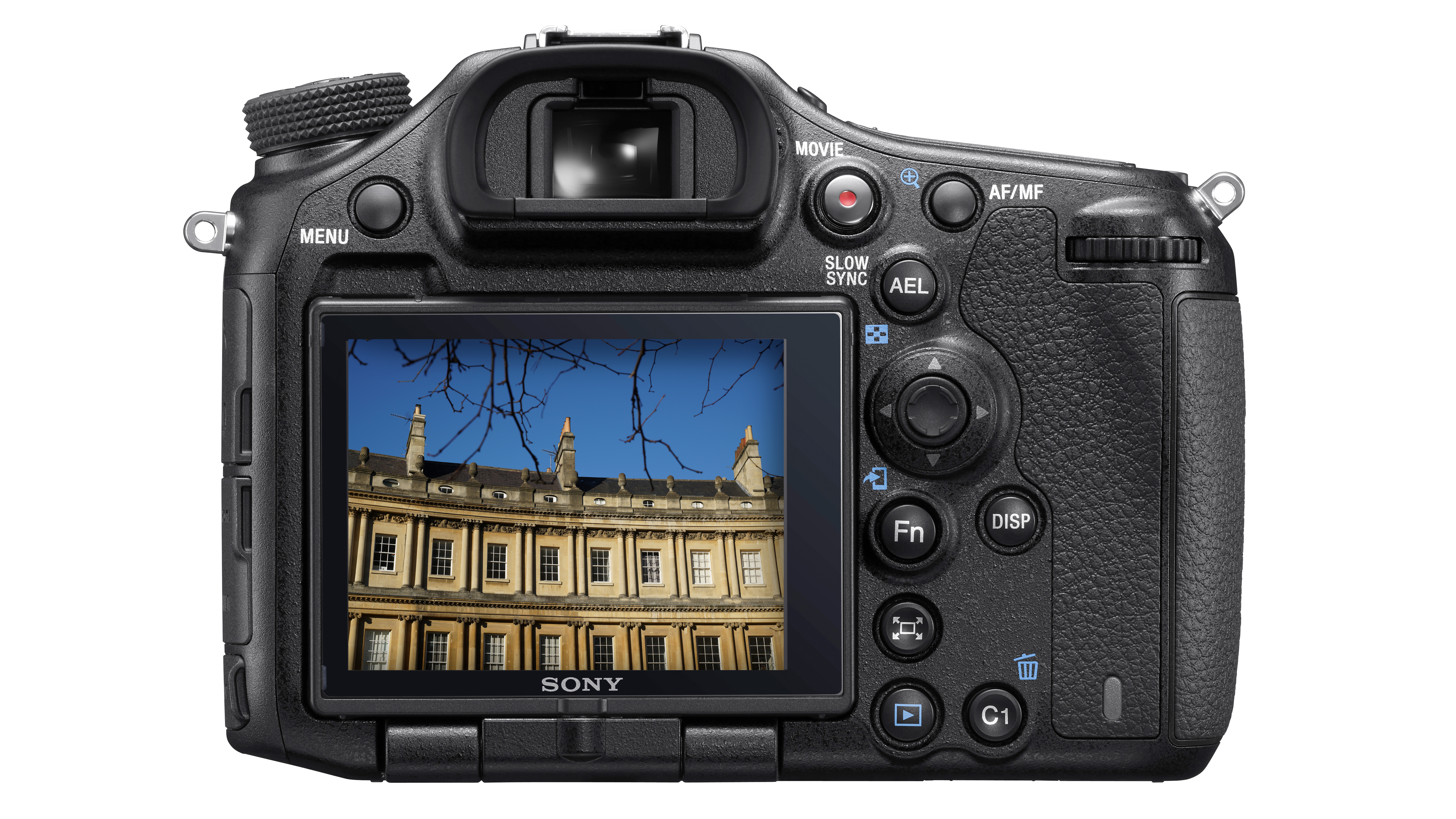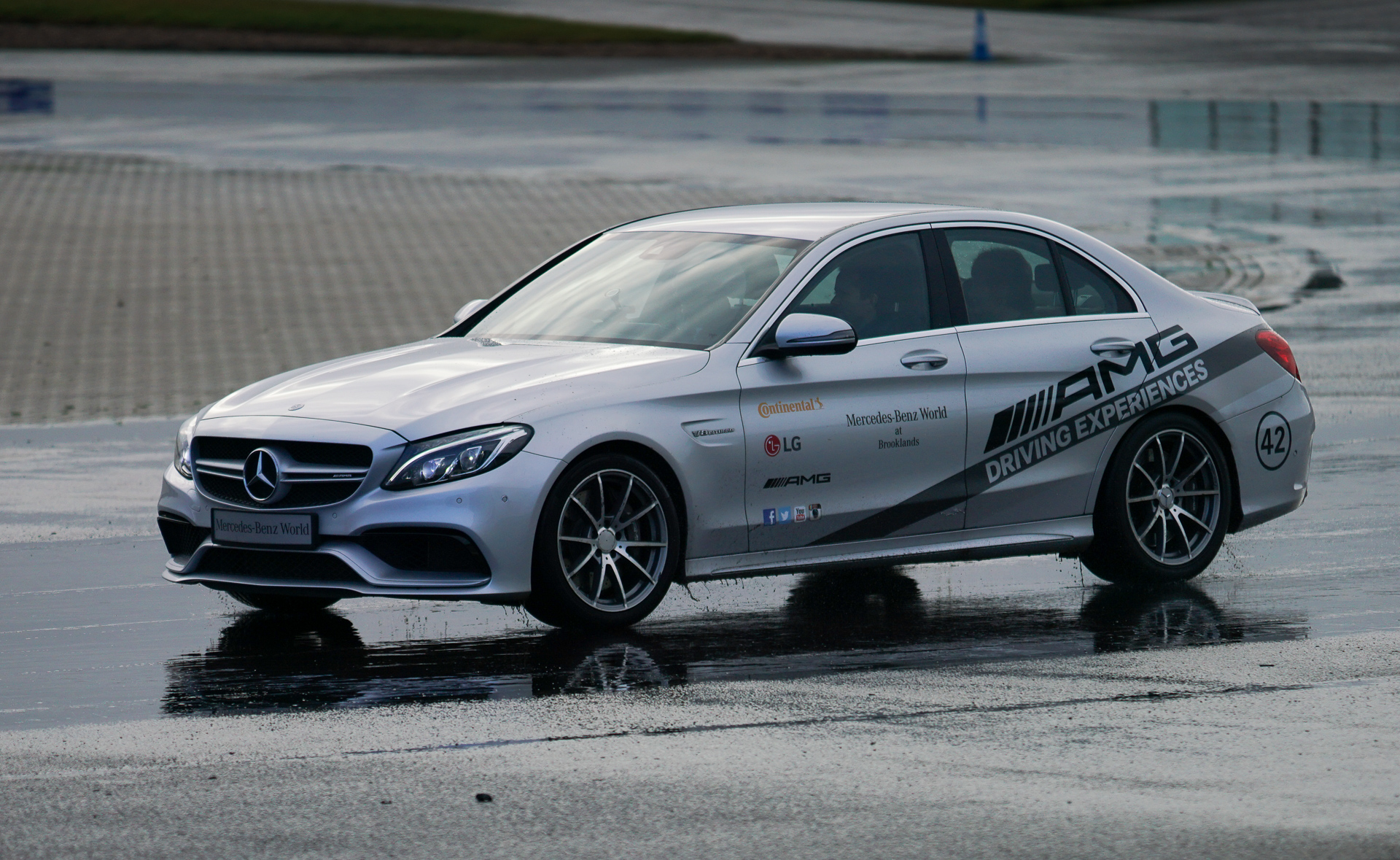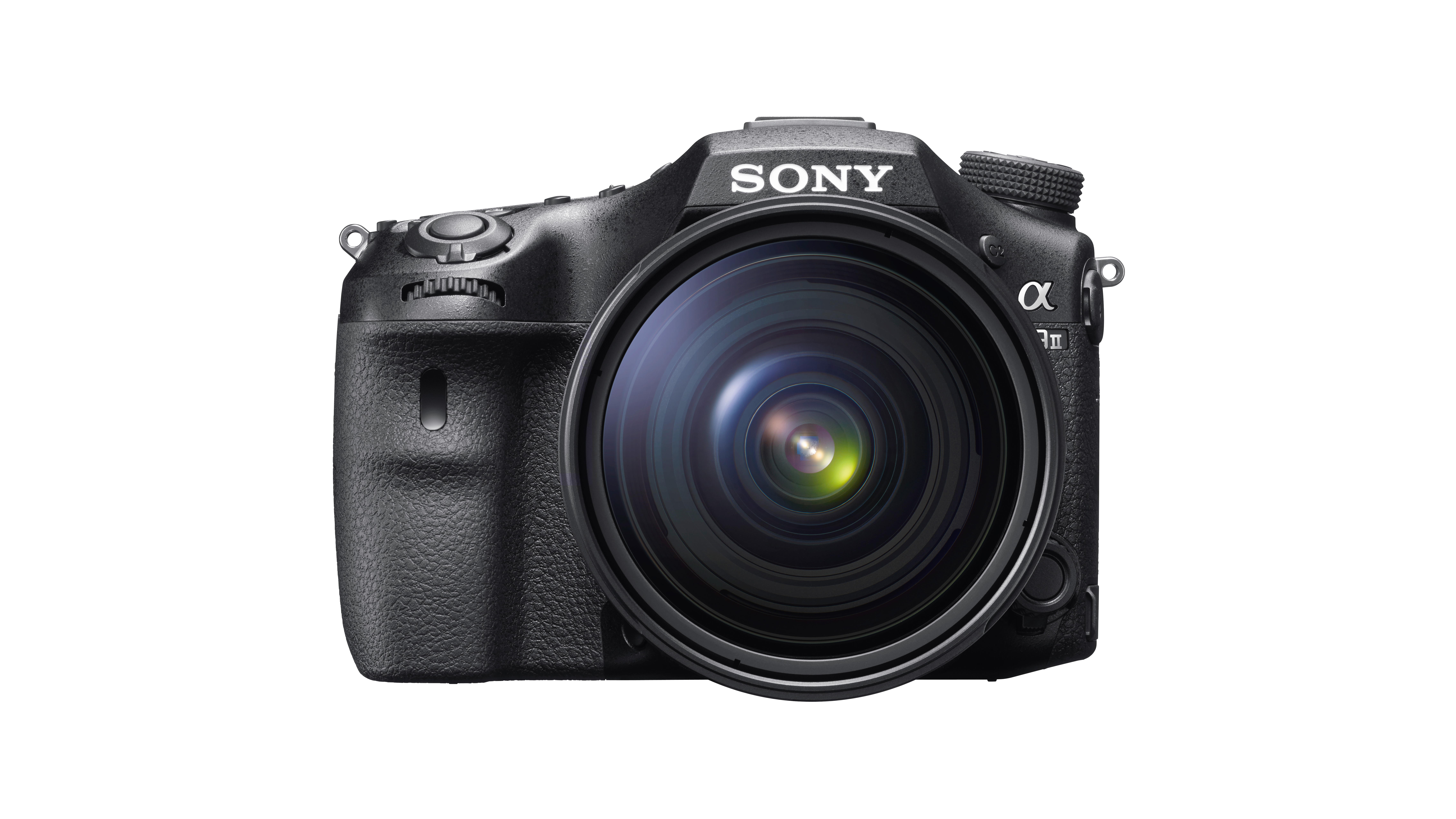Digital Camera World Verdict
The A99 II’s specs are stunning. Never before have photographers been able to shoot at these frame rates and this resolution. The 79/399-point hybrid AF system is impressive too. The EOS-1D X II and Nikon D5 still have the edge for sports photographers, though, and if you don’t need the 12fps frame rate AF, the mirrorless A7R II is more tempting.
Pros
- +
42.4-megapixel resolution
- +
12fps continuous shooting
- +
Advanced hybrid autofocus
Cons
- -
Sony's new mirrorless A9 is much faster
- -
Few new Alpha SLR lenses appearing
- -
Poor battery life compared to DSLRs
Why you can trust Digital Camera World
Just when we all thought the Alpha 7 series was the future for professional full-frame Sony stills and video photography, the company drops a bombshell with the Alpha 99 II. This is a throwback to Sony’s early experiments in SLR alternatives. It’s like a mirrorless camera… but with a mirror.
In fact, it’s a fixed, translucent mirror, which passes light through to the sensor at the back of the camera, but also feeds a dedicated SLR-style phase-detection autofocus sensor in the base of the pentaprism housing.
Features
The A99 II has two key selling points. First, it combines a high resolution with high continuous shooting speeds. It has the second-highest resolution of any full-frame camera at 42.4MP, but it can also shoot at this resolution at up to 12 frames per second.
It’s within a whisker of Nikon D5 and Canon EOS-1D X II speeds, but it doesn’t have their buffer capacity. It can still capture 54 raw+JPEG images, though. AE/AF tracking in the 12fps H+ mode does require lenses compatible with the new hybrid autofocus system that is the A99 II’s second key selling point.

It’s a brand-new 79-point/399-point hybrid phase-detection system, and one that’s only possible with the Alpha SLT design. The 79 points are provided by a dedicated phase-detection sensor above the mirror, and are arranged in a typical SLR distribution around the centre of the frame. The further 399 points are on-sensor phase-detection points arranged in a rectangular area over a much larger area of the screen.
These two systems work together, depending on the autofocus mode that’s been selected. 15 of the 79 AF points on the dedicated AF sensor are cross-type, but the remaining AF points overlay corresponding AF points on the main sensor to provide a kind of hybrid cross-type AF. Beyond this 79-point area the on-sensor AF points can pick up subjects moving quickly and erratically around the frame. The 42.4MP sensor has no anti-aliasing filter, and it’s matched up with a Bionz X processor and front-end LSI that delivers widely expanded sensitivity (up to ISO 25,600, or 102,400 in expanded mode), extra-low noise, and even diffraction compensation at smaller lens apertures.

The A99 II also incorporates in-body five-axis image stabilisation and impressive video capabilities, which include full-frame 4K movies or high-resolution oversampled 4K without pixel-binning in the Super 35mm format.
The sister print publication to this website, Digital Camera Magazine is Britain's best-selling photography publication – and it can also be purchased outside the United Kingdom as Digital Camera World.
Digital Camera Magazine is packed with more expert advice and more inspirational images than any other title, with the sole aim of helping you become a better photographer. Every issue we also bring you a selection of great gifts which are designed to help you get more from your photography – everything from tips cards and cheat sheets to free software and bookazines.
In addition to inspirational images, interviews, projects, mini tests and tutorials, each issue is packed with news, reviews and comparisons, as well as photographer vs photographer shootouts and head-to-head challenges using the best photo editing software.
The magazine is captained by Editor Niall Hampton.


